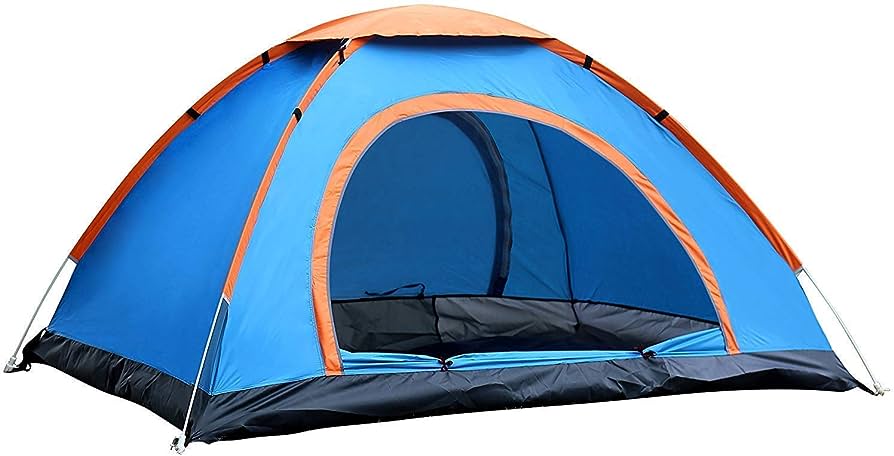
A style of tent that has a dome-like shape (this can be square, rectangular, or irregular). Most modern camping tents are dome tents. These tents are comprised of a fabric enclosure. Key points of the enclosure are clipped to lightweight aluminum poles, forming the tent's curved structure.
Tent fabric isn't under pressure, so it can be thinner. This means that a collision or poke is more likely to damage a tent than a dome. An obvious difference, but air-supported structures can be much larger that tents. While tents can get pretty big, generally speaking, domes are much larger than typical tents.
The heavier weight of dome tents means they aren't optimal for backpacking. They also take a little longer to pitch, so aren't ideal if you're setting up in rain. However, they can be pitched on any type of terrain and are great for sitting up and reading or telling ghost stories.
Key Features of Dome Tents: Sturdy Geodesic Design: Dome tents feature a geodesic design with interconnected poles that crisscross, creating a sturdy and stable structure. This design allows them to withstand strong winds and adverse weather conditions. Easy Setup: Dome tents are known for their ease of setup.
Usage/Implement: Dome tents are a great choice for those looking for a strong and affordable tent. They’re easy to join together with other tents and highly versatile, making them perfect for modular family camping trips. But their lack of space makes them a poor choice for staying indoors while it’s raining.